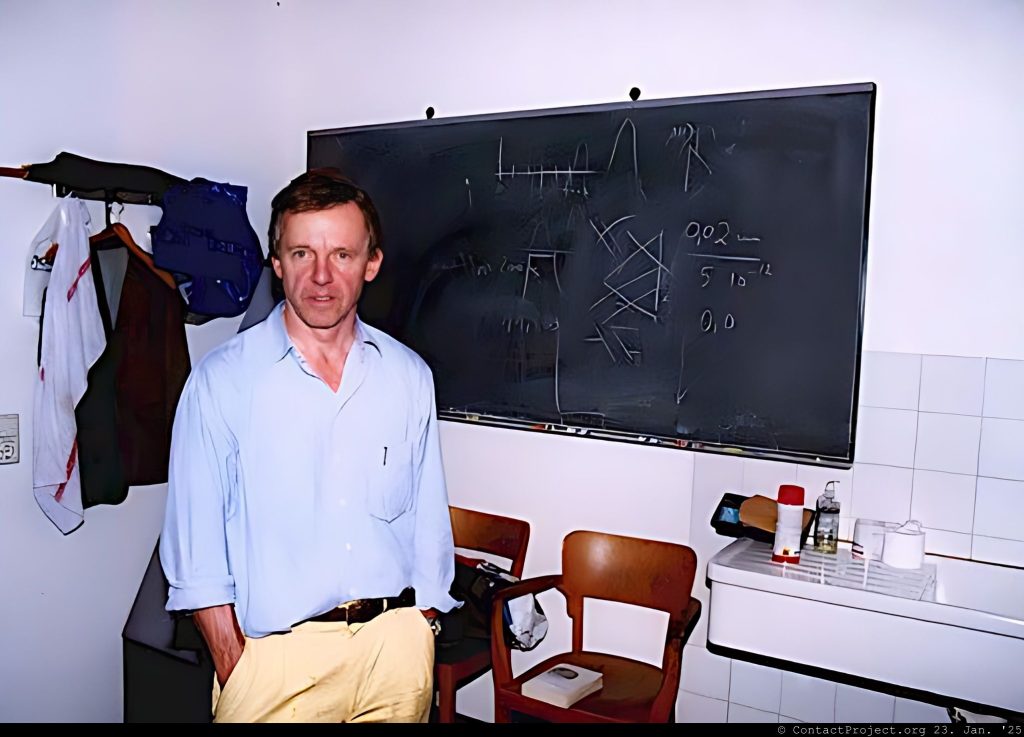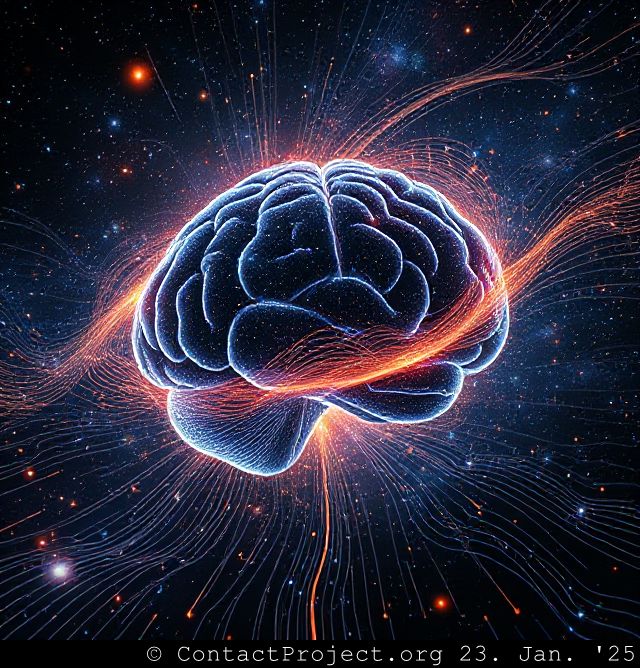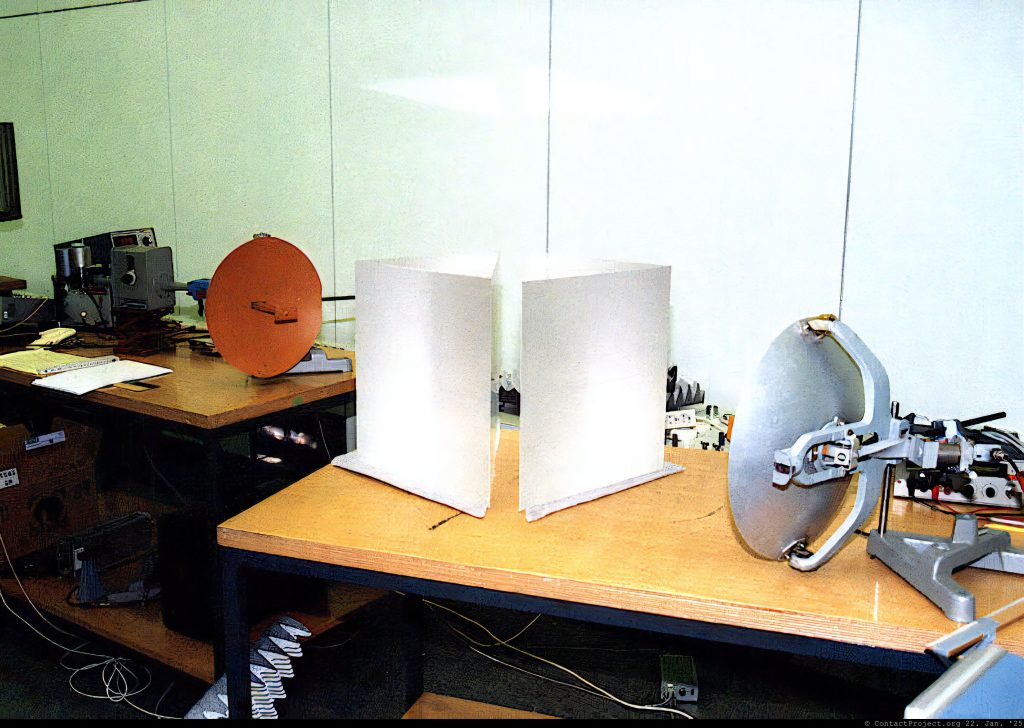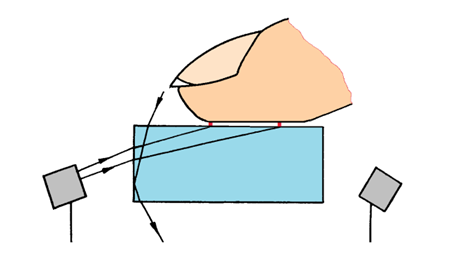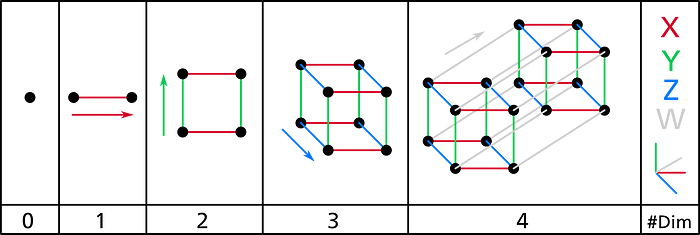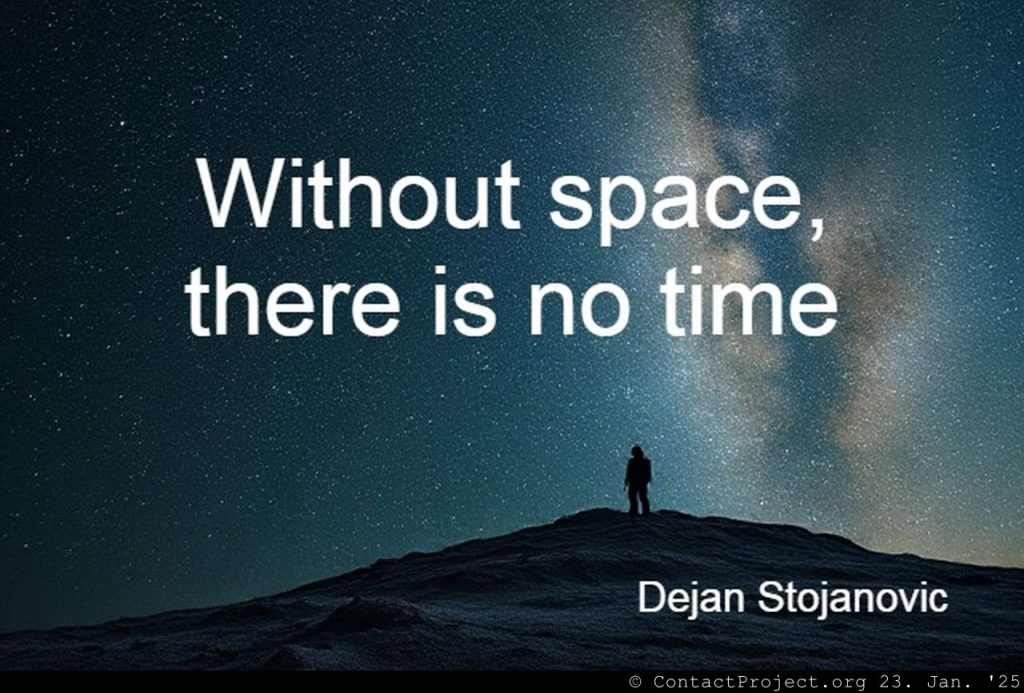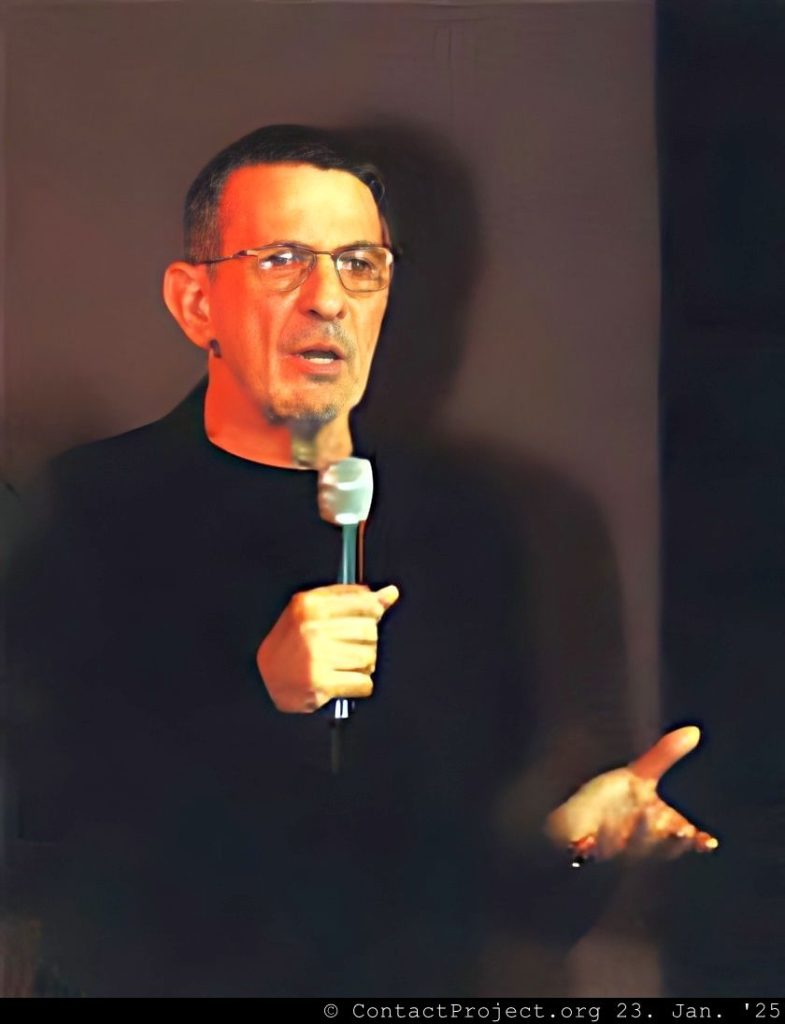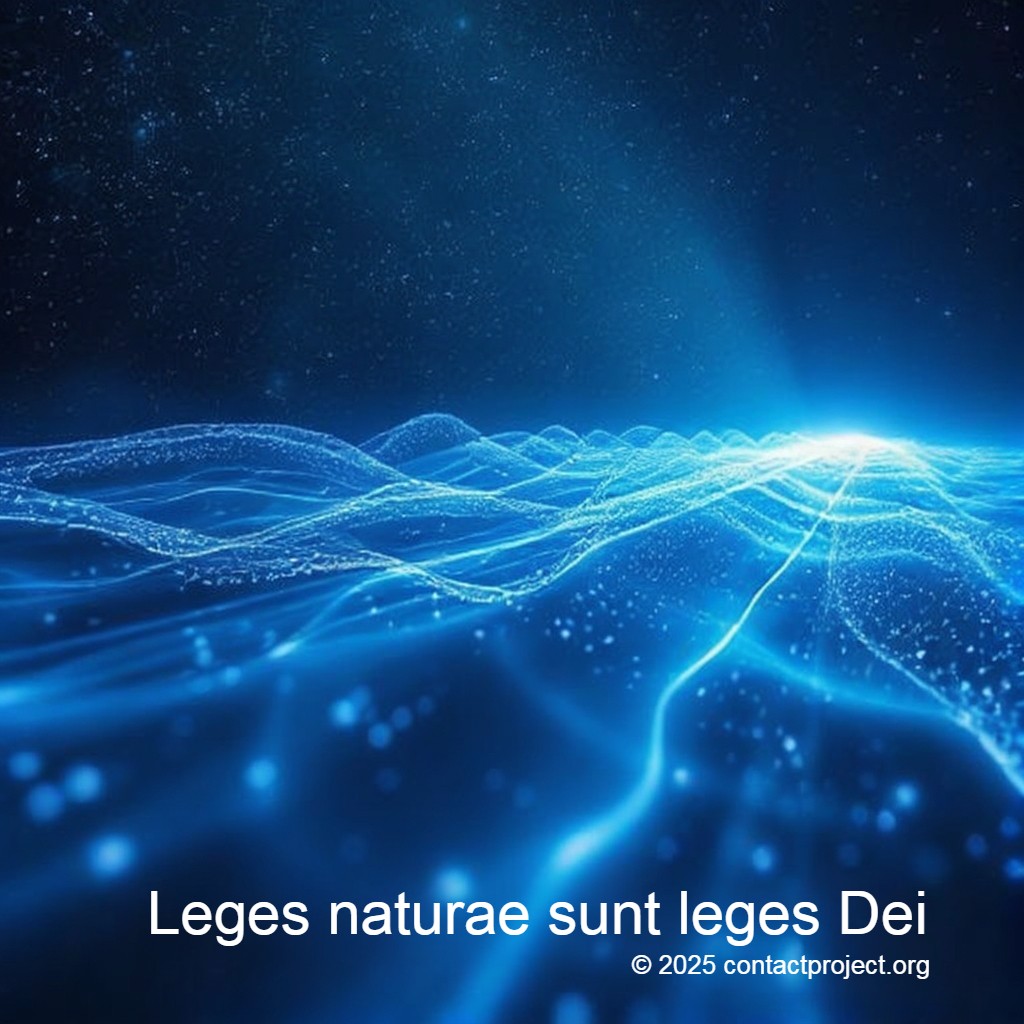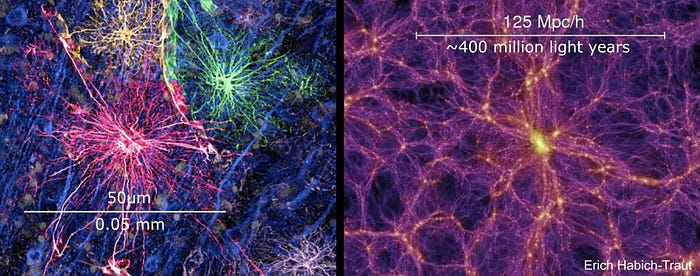What if time isn’t a single, smooth river but a hidden cascade of microscopic “droplets”? Blending hard science with speculative fiction, “The River of Time” follows Dr. Mara Lentz to CERN, where a mysterious program called Chronos may prove that every moment in the universe comes in indivisible ticks.
The river was frozen solid—or so it seemed. Beneath the glassy sheath of ice, water still slid forward, grain by grain, molecule by molecule, each one stealing an instant from the future and secreting it into the past. Dr. Mara Lentz stood on the footbridge and let her gloved fingers tap against the rail, her every heartbeat echoing the tick-tock she had sworn to conquer. In the distance, CERN’s cavernous domes glittered beneath the winter sun like watch gears strewn across the snow. Today, she promised herself, she would decide whether time was prisoner or jailer, river or clock.

The Invitation
A month earlier, the summons had arrived in a yellowed envelope, the handwriting achingly familiar to any physicist.
Mara, If you wish to see how deep the river of time runs—and whether it is made of droplets—come to Geneva. A. E.
Impossible, of course. Albert Einstein had been dead for nearly a century. Yet the looping letters were unmistakable, right down to the playful curl beneath the final E. A prank, she assumed, until the envelope yielded a security badge to CERN and a one-sentence note: “Ask for Chronos.”

Chronos
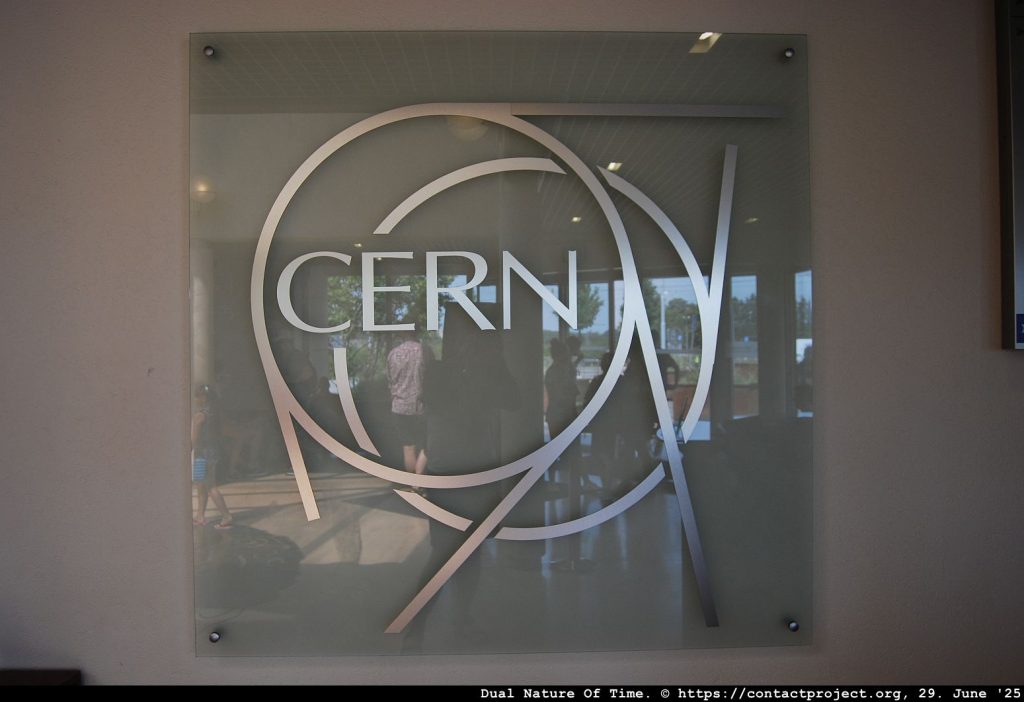
The man who met her at CERN reception looked nothing like a mythic god and everything like a graduate student in overwashed jeans.
“Call me Noah,” he said, steering her through a maze of elevators that plunged beneath the Earth.
“Chronos is more program than person,” he explained. “A string of algorithms built to test the most radical hypothesis on the table—that time itself has a dual identity.”
“A wave and a particle?” Mara asked, half-teasing.
“Exactly.” Noah’s eyes gleamed in the fluorescent gloom. “Just like light.”
They reached a vault-like door. Above the keypad a single line was etched into steel: FOR AS LONG AS WE HAVE BEEN HUMAN, WE HAVE BEEN SUBJECT TO THE TYRANNY AND GRACE OF TIME.
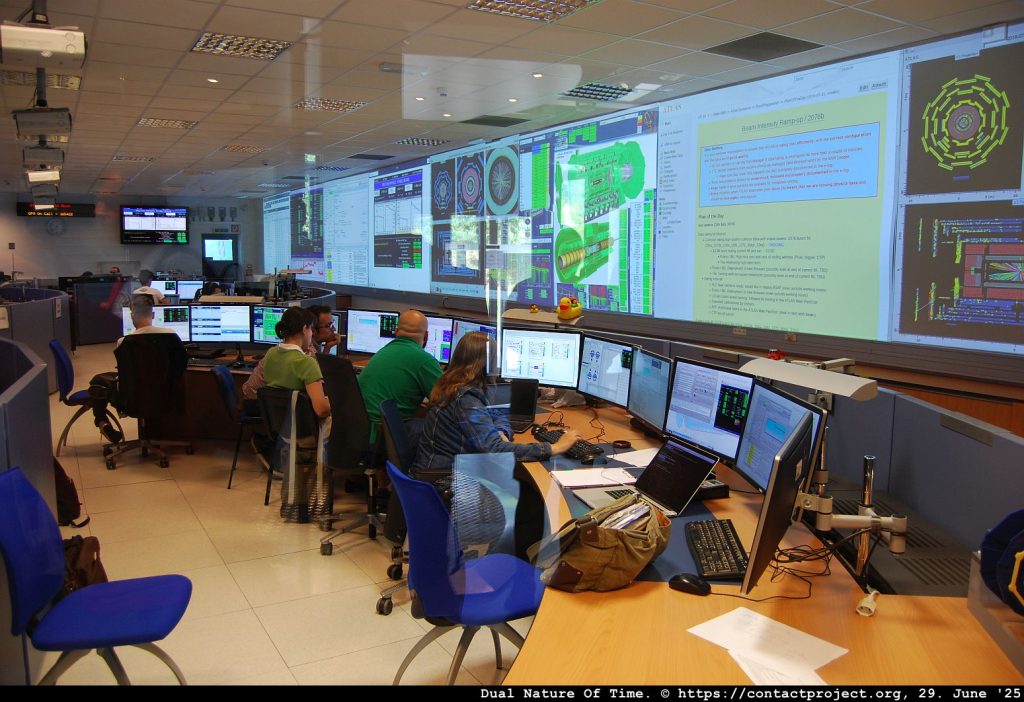
Inside, the air thrummed with cooling fans and suppressed excitement. Monitors covered the walls, each looping equations Mara knew as well as her own pulse—general relativity’s smooth curves entwined with quantum mechanics’ jagged spikes.
The Duality
“For a century,” Noah continued, “we’ve known that if you watch an electron’s path, it behaves like a point particle. If instead you watch its spread, it becomes a wave. Wave-particle duality. Our question is whether time plays the same trick.”
“What if time flows in indivisible droplets?” she murmured.
“Chronons,” Noah supplied. “Each a jump of 10⁻⁴³ seconds—the Planck tick.”
Emergence
- At the Planck scale, time does not flow; it hops.
- Aggregating trillions of those hops, a seamless current emerges—just as a lake’s surface looks smooth though every molecule jitters.
- The arrow of time appears only once enough chronons click in concert.
When fatigue blurred her vision, Mara imagined she could hear them: countless microscopic gears ratcheting reality forward—click … click … click …
The Rift
But the duality, however elegant, sat like an unsolved crime against everything Einstein had bequeathed. Relativity demanded a continuous spacetime; quantum mechanics insisted on discreteness. Chronos promised a bridge but offered no proof.
“Tools,” Noah groaned, rubbing bloodshot eyes. “We need instruments slim enough to slip between two ticks, to watch the droplet itself.”
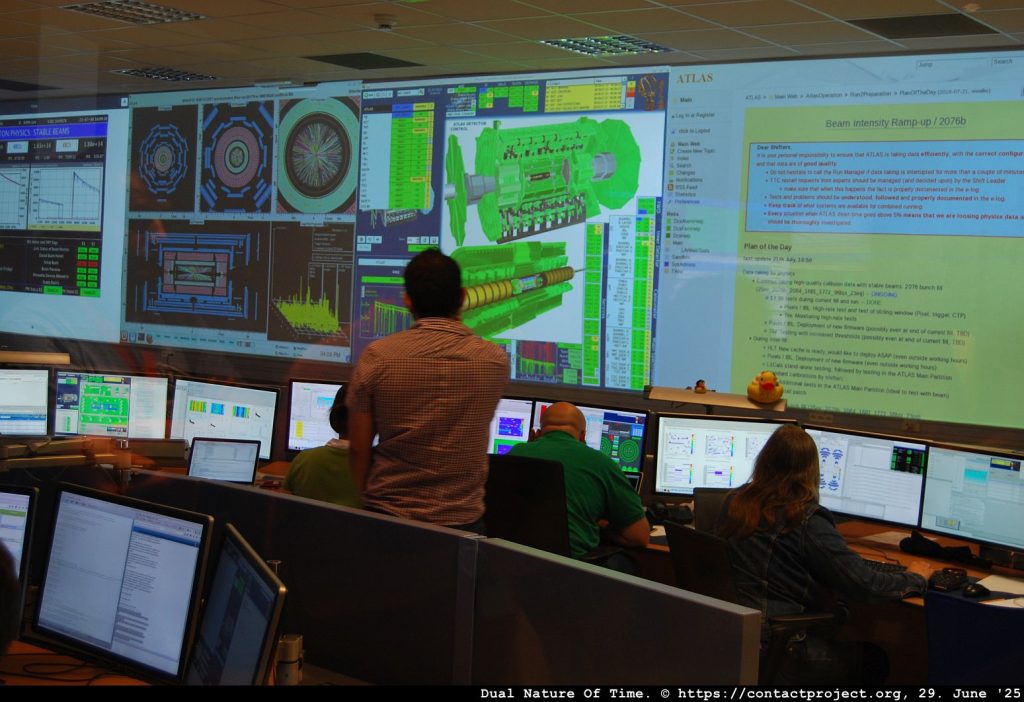
“Or,” Mara countered, “we find evidence in the macroscopic world—patterns only quantized time could leave behind.”
Einstein’s Ghost
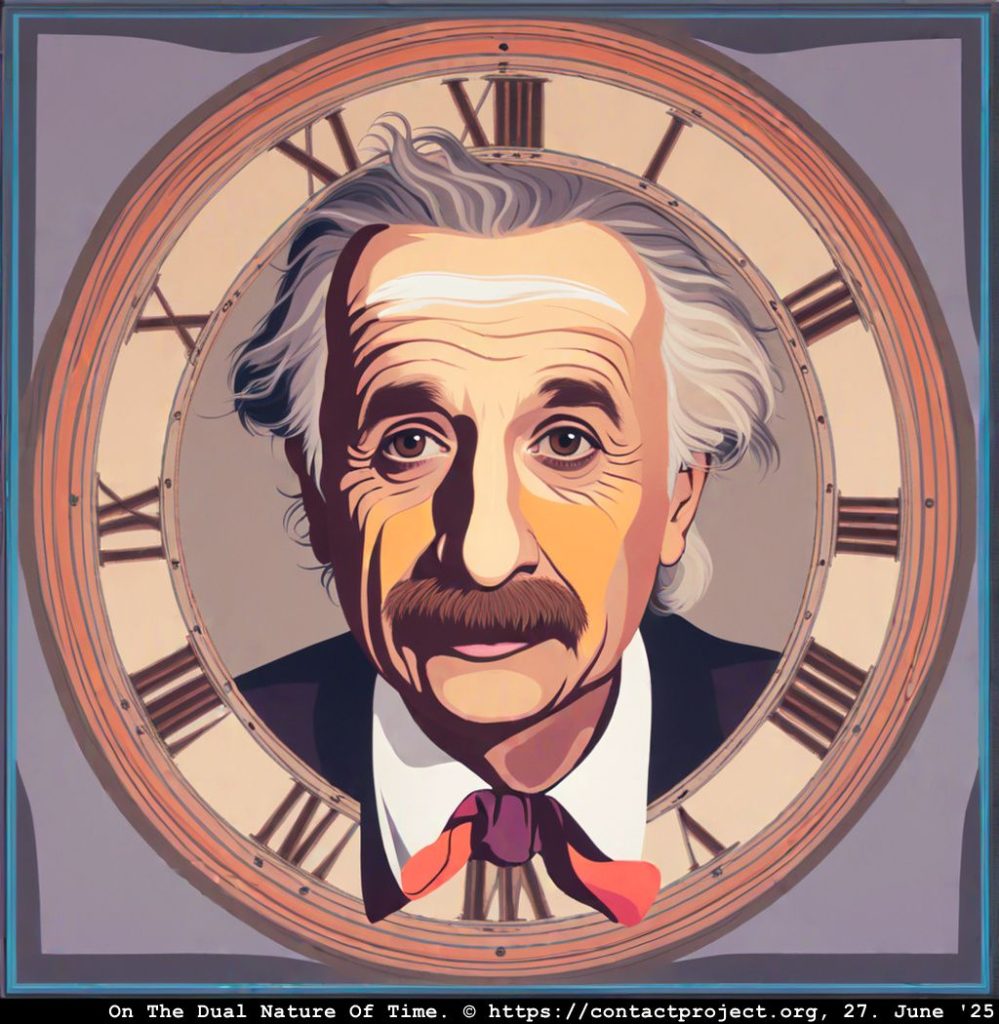
That night, Mara reopened the mysterious envelope. A translucent sheet she’d missed before drifted out, bearing Einstein’s familiar scrawl:
“The answer is not in the river or the clock, But in believing they are one; Watch the particle, see the wave— Then look away and they are gone.”
The River and the Clock
Back in the vault at dawn, Mara loaded gravitational-wave echoes from merging black holes. Traditional analyses assumed continuous time. She resampled the data at chronon intervals.
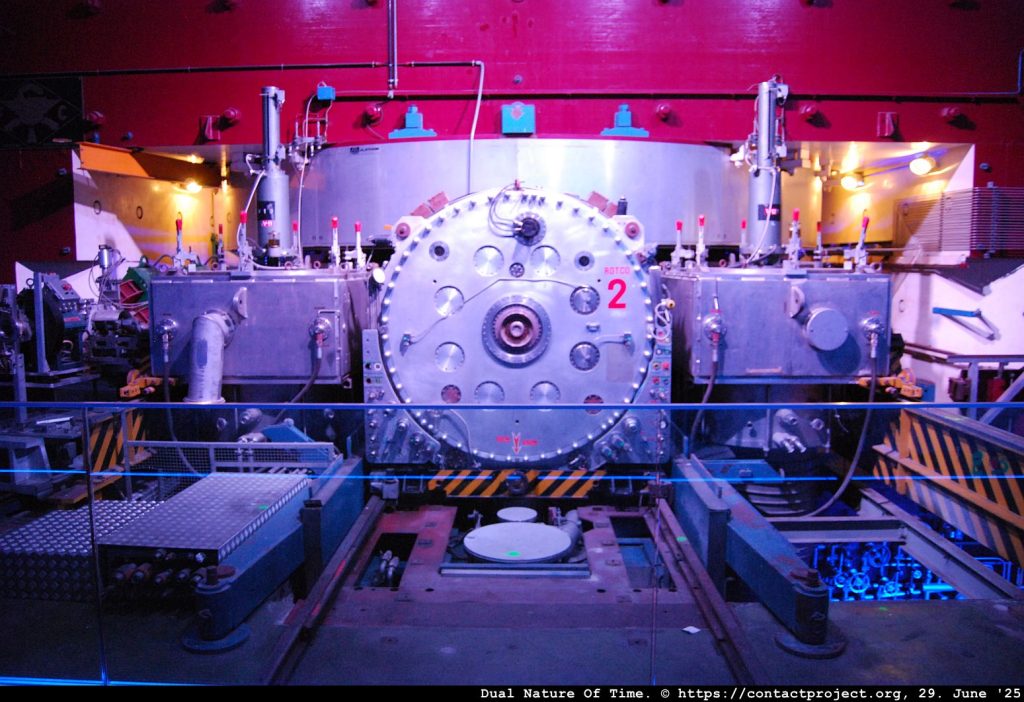
A pattern emerged: micro-staccato pauses in the waves, like hidden commas in a cosmic sentence. They repeated every 10⁻⁴³ s.
Noah stumbled in with two coffees. One sloshed onto the floor as he saw the display. “Droplets,” he whispered. “A river of droplets.”
Convergence
Word sprinted through CERN, through Caltech, Tokyo, Cape Town. Observatories retuned their algorithms to chronon cadence. Within weeks, corroborating signals poured in. Everywhere physicists looked, the universe ticked like a flawless watch hiding inside a roaring river.
Epilogue
Mara returned to the frozen footbridge. Beneath her boots, the river still looked motionless, an immense silver ribbon. Yet she knew it for what it was: trillions upon trillions of glimmering beads—each an indivisible heartbeat of existence.
The tyranny of time remained—but its grace had multiplied. Every instant was a jewel, perfect and complete, and the future was nothing more than an undiscovered sequence of brilliant ticks.
And somewhere, maybe in the hush between those droplets, she imagined she heard Einstein laugh—soft as snow falling on the river that was also a clock.
Background: Is Time Both a River and a Clock?

A Dual Identity for Time?
What if time behaves just like a particle of light? This radical new idea from the frontiers of physics suggests that our most fundamental reality has a dual identity.
The Birth of the Arrow of Time
The dynamics of a collection of particles gains a direction in time, called the arrow of time, when there are many particles. And this arrow of time is absent for a single particle.
Tyranny and Grace: Time’s Two Faces
For as long as we have been human, we have been subject to the tyranny and grace of time. It is the steady, flowing river of our lives, as Einstein imagined it—a dimension that can be bent and stretched by gravity. It is also the relentless tick-tock of the clock, marching forward one second at a time. But what if both are true? What if time itself leads a double life?
A Quantum Clue to the Puzzle
On the cutting edge of theoretical physics, a fascinating proposition is taking shape. It suggests that time may not be one thing or the other, but could possess a dual nature, an idea borrowed directly from the strange and proven rules of the quantum world. While still speculative, it’s a powerful lens through which scientists are tackling the biggest unanswered questions in the cosmos.
The Lesson of Wave-Particle Duality
The concept hinges on an analogy to one of science’s most famous paradoxes: wave-particle duality. A century of experiments has shown that an entity like an electron or a photon refuses to be pigeonholed. If you design an experiment to track its path, it behaves like a discrete, pinpoint particle. But if you design it to observe its flow, it acts like a continuous, spread-out wave. The nature it reveals depends entirely on the nature of the measurement.
Applying this same principle to time offers a startlingly elegant way to resolve a deep conflict in physics. It would mean that time’s identity is also dependent on context.
Relativity’s Smooth River
At our human scale—the world of falling apples and orbiting planets described by Einstein’s theory of general relativity—time behaves like a continuous wave. It is the smooth, flowing river we all experience, a dimension that warps and bends to create the force we call gravity.
Zooming to the Planck Scale
But if we could zoom down to the impossibly small Planck scale, a fraction of a second so tiny it’s written with 43 zeroes after the decimal point, we might see time’s other identity. Here, it would behave like a particle. In this view, time would not flow but “tick” forward in indivisible, quantized jumps. These hypothetical droplets of time, sometimes called “chronons,” would be the fundamental clockwork of the universe.
Emergent Time: River from Droplets
This isn’t just a philosophical parlor game. The idea aligns with a leading theory known as Emergent Time, part of the grand quest to unite Einstein’s relativity with quantum mechanics. This framework suggests that the smooth river of time we perceive is not fundamental at all. Instead, it *emerges* from the collective behavior of countless discrete, particle-like ticks at the quantum level—much like the smooth, liquid surface of a lake emerges from the chaotic interactions of trillions of individual H₂O molecules.
One Reality, Two Appearances
From this vantage point, there is no paradox. The “particle” nature of time is its true, fundamental identity, while the “wave” nature is what we perceive at our macroscopic scale. It’s one reality that simply appears differently depending on whether you’re looking at the individual pixel or the entire screen.
A Roadmap to a Theory of Everything
We do not yet have the tools to probe reality at such an infinitesimal scale to prove it one way or the other. But the proposition offers a tantalizing path forward. By daring to question the very fabric of our experience, scientists may be on the verge of solving the ultimate puzzle: creating a single, unified theory of everything. The answer may have been hiding in plain sight all along—not in the river or the clock, but in the profound possibility that they are one and the same.
References:
Amelino-Camelia, G. (2013). Quantum-Spacetime Phenomenology. Living Reviews in Relativity, 16(1), 5.
https://doi.org/10.12942/lrr-2013-5
Caldirola, P. (1980). The chronon in quantum mechanics and the uncertainty relations. Lettere al Nuovo Cimento, 27(8), 225-228.
https://www.scirp.org/reference/referencespapers?referenceid=3791673
Feynman, R. P., & Hibbs, A. R. (2010). Quantum Mechanics and Path Integrals. Dover Publications.
https://archive.org/details/quantum-mechanics-and-path-integrals-feynman-hibbs-styer
Huggett, N., & Wüthrich, C. (Eds.). (2013). The Emergence of Spacetime in Quantum Gravity.
Isham, C. J. (1993). Canonical quantum gravity and the problem of time. In L. A. Ibort & M. A. Rodríguez (Eds.), Integrable Systems, Quantum Groups, and Quantum Field Theories (pp. 157-287). Springer.
https://doi.org/10.1007/978-94-011-1980-1_6
Lebowitz, J. L. (1993). Boltzmann’s entropy and the arrow of time. Physics Today, 46(9), 32-38.
https://doi.org/10.1063/1.881363
Zeh, H. D. (2007). The Physical Basis of The Direction of Time (5th ed.). Springer.
https://www.researchgate.net/publication/258275169_The_Physical_Basis_of_the_Direction_of_Time


